3 Obstacles that can derail your change efforts
3 Obstacles to Change
If you are trying to implement any kind of change, for yourself or for your organization, and are having a hard time doing so, this post is especially for you.
As I go into different organizations a common complaint I hear is how much people resist change. Do you also think change would be a lot easier if there were no resistance to it?
If you think about it, most resistance is composed of ambivalence. The most common reasons for feelings of ambivalence in relation to organizational change are: negative emotions, lack of inclusion, and lack of clarity. If you work on lowering or eliminating the reasons for ambivalence, you will not have to worry about resistance to change.
In the next three posts I will explain in more detail how to conquer each of this obstacles. For today, let’s examine what we are dealing with.
1. Negativity
Emotions are the key to the success or failure of any change. We all like to think our rational mind is the part that decides for or against change. The reality is that from very early times, we tend to pair change with stress, negative emotions and discomfort. Lowering negativity and promoting positive attitudes and feelings is vital.
Some of the most common negative psychological and emotional attitudes toward change are: fear of the unknown; low tolerance for change; dislike of management or other change agent; lack of trust in others; need for security; and desire for the status quo.
The more negative emotions present around a change, the more people will resist and make the change more difficult.
2. Exclusion
Many people that become resistant to change are people that have been excluded from the planning process. It will be harder to ask for cooperation in implementing a change that people have not contributed to shape.
Of course, it’s impossible to include all the realities that individuals hold in any given change effort. But if at least you hear them out, and use dialogue and negotiation as means of influence, it will be easier to shape a new reality.
3. Confusion
The clearer everybody is about the upcoming change — what is going to change and when, what is going to be helpful to them, and how is the change going to be implemented — the less resistance you will encounter.
“We need to have more positive customer service” is too nebulous. You need to be crystal clear about what does that mean and how you are going to address it.
This is why inclusion helps. More brains thinking together will help bring more clarity to every step of the change.
Remember. . .
Change will work better if you turn negativity into positivity, possibility thinking, and excitement about the new opportunities.
Change will be smoother if you aim at inclusion. If you include as many people as possible in every step of the way.
Change will be more effective if you have clarity instead of confusion.
On my next post we will explore how to turn negativity into positivity.
To Reflect. . .
Which of the above three obstacles have you encounter before? What has helped you change any of them from obstacle to asset? Let's open a dialogue about this! You can share your comments with us and let's see how many others also do this.
Photo Credit: Rajesh Kunnath on Flicker http://www.flickr.com/photos/rajeshkunnath/3121926593/
